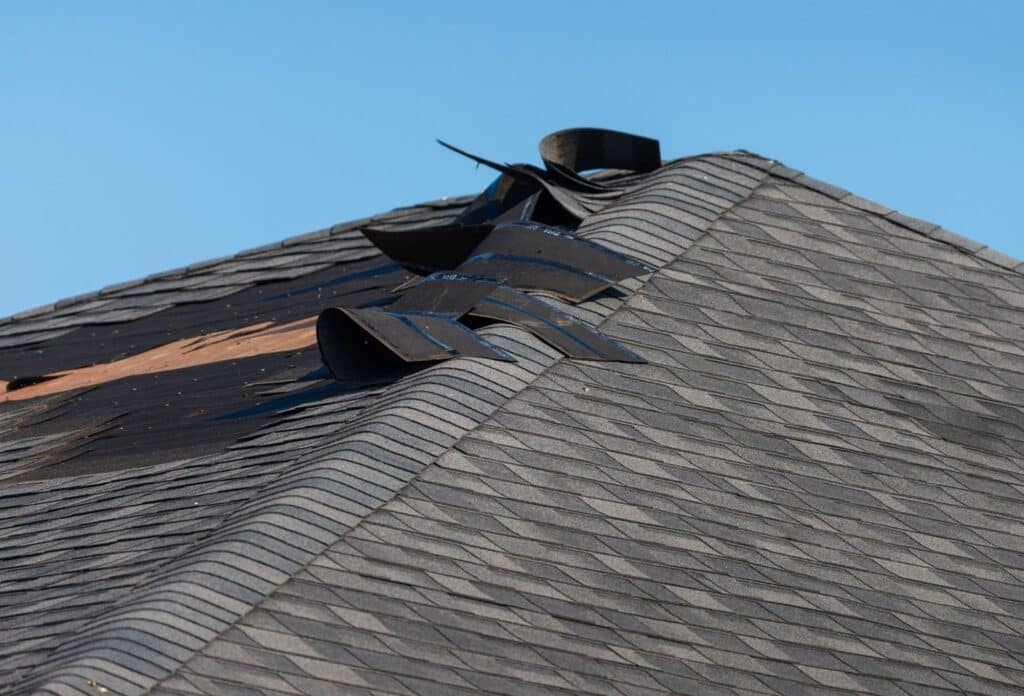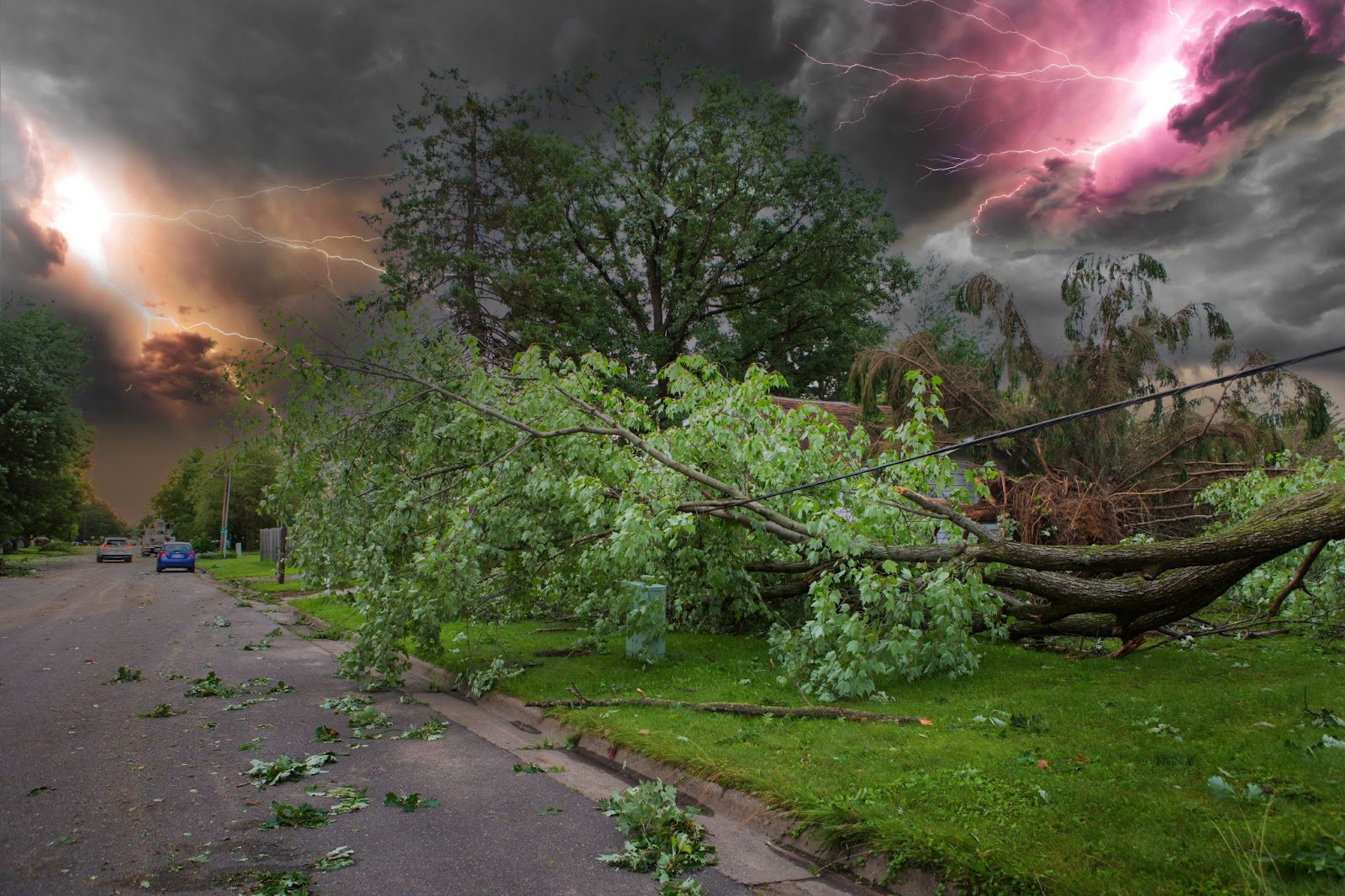Cleanup and total restoration after wind damage leaves homeowners anxious about what comes next, but with the right guidance, the process is more manageable.
An unexpected storm disrupts life immediately. These attacks of nature leave a path of physical and mental destruction that may take weeks, months, or even years to recover from. Wind, in particular, causes plenty of damage when it tears through homes, uproots trees, and removes your sense of safety.
This blog will guide you through the crucial process of wind damage restoration. You’ll learn what to do in the initial few seconds and beyond to restore safety, limit future damage, and regain a feeling of normalcy as soon as possible.
The purpose of cleanup and total restoration
Cleanup and total restoration services include several duties aimed at minimizing damage and restoring buildings harmed by disasters. Total restoration services include everything from water damage caused by floods or burst pipes to fire damage, mold infestations, storm damage, and biohazardous conditions.
Cleanup begins with a thorough inspection of the damage and developing a restoration strategy. Trained specialists then respond with expert equipment and procedures to clear debris, drain water, and do whatever else is necessary to prevent future damage.
As the cleaning process advances, the emphasis switches to restoring structures, rescuing items, and managing ongoing issues like mold development and smells. With rigorous attention to detail and a dedication to quality, restoration operations bring comfort and routine back to households during uncertain times.
- Protect your safety
If there are winds powerful enough to cause wind damage to roof structures, a severe storm is likely accompanying them. Your safety always comes first during a major storm. Prioritize your safety by staying indoors until the storm has passed. High winds are known to uproot trees and send objects flying, while heavy rain often leads to hazardous flooding.
Listen for weather alerts and wait until local authorities provide the “all-clear” signal. Waiting for this sign is the difference between safety and tragedy. Enjoying the quiet after the storm is much more reassuring when you know you’ve taken all steps to ensure your safety beforehand.
- Carefully inspect the damage
Next, inspect your home to scope out the extent of the damage after the storm has passed. Not everything will be instantly clear, so be careful as you look around. Keep in mind that there may be slippery surfaces, damaged and exposed electrical wires, loose floorboards, falling ceiling tiles, and so on.
Before heading out to inspect any wind damage to roof structures or the like, check the local news to ensure that your neighborhood is secure. Keep an eye out for potential risks like shattered glass and exposed nails. Always presume that any downed electrical wires are energized and hazardous. Stay at least 10 feet away and notify the police promptly.
Avoid looking for water or storm damage after dark. If you must step outside after dark, bring a flashlight rather than a candle or other open flame. This reduces the chance of a fire or explosion caused by a faulty gas line.
- Document the damage
Recording the extent of the damage, such as wind damage shingles, is a key step in the rehabilitation process. Having proper documented proof for your insurance claim will help facilitate a smoother process and a more accurate evaluation. Equip yourself with a camera or smartphone to take comprehensive pictures and videos of the impacted areas.
Take wide-angle images that show the damage from various perspectives. Once you can focus on certain locations, take close-up shots that clearly show the degree of the damage. Document all damage, including shattered windows, wind-damaged shingles, fallen trees, and any other obvious effects of the storm. Along with the images, take thorough notes to back up your claim.
- Inspect your roof
Your roof is your home’s first line of defense against storm damage and it can suffer significant harm from heavy debris or fallen tree limbs. Wind damage to roof shingles and structures is not uncommon.
Inspect your roof for signs of trouble after the storm has passed. Look for:
- Holes: Holes cause interior leaks, which only leads to further damage.
- Wind damage shingles: Missing or damaged shingles are a clear indicator of wind impact.
- Granules in gutters: Accumulated granules suggest shingle wear and tear.
- Leaks: Check both the roof and ceiling for any signs of leakage.
- Dents in vents or gutters: Impact from debris can cause visible dents.
You’ll prevent more extensive damage to your home by catching these issues early.
- Contact your insurance carrier
Contact your insurance carrier as soon as possible to report the damage and file a claim. Give them whatever documentation you’ve gathered and carefully follow their directions for filing. Your insurance adjuster may need to visit your premises for a personal inspection before proceeding with the claim.
Knowing your insurance coverage is critical at this point. Familiarize yourself with the coverage amount, deductible, and any special precautions you must take. Keep track of all conversations with your insurance company, including emails, phone calls, and texts.
Restoration teams assist with insurance claims by providing detailed damage reports and repair estimates. They help streamline the process by working directly with your insurance adjuster to make sure all the scope of repairs is accurately assessed. This collaboration will help expedite your claim and help you receive the coverage you’re entitled to.
- Secure the property
Look for obvious evidence of deterioration, such as wind damage shingles, shattered windows, or broken doors. Address these concerns as soon as possible to avoid future water leaks and structural instability. A disaster cleanup company is the perfect choice for getting these repairs taken care of.
Next, cover damaged windows, skylights, or other openings with boards, tarps, or plastic sheeting. This will keep water, debris, and pests out of the property. Ensure that the covers are properly attached to resist any future wind gusts. Remember to prioritize safety throughout the procedure and use caution when working at tall heights.
- Call in the pros
Cleanup and total restoration from wind damage is both critical and complex. The need for experienced technicians becomes clear when faced with extensive damage. Professional restoration services are equipped to handle the substantial effects of major windstorms on a home.
These experts bring extensive knowledge and skills to storm repair, so you know that every aspect of the damage is addressed thoroughly. Their knowledge is key for effective restoration.
- Contact your family and friends
Calling your family and friends is one of the most important steps to take following a major storm. Let them know you’re okay, and they’ll help spread the news. And if electricity lines are down, texting or using social media is a more dependable mode of communication than phone calls.
- Begin the cleanup process
While you might be able to clean up after wind damage yourself, hiring specialists is much easier and more effective. Cleaning up after a windstorm is a difficult and labor-intensive task that requires specific equipment, training, and experience.
Professional cleanup personnel have the expertise and resources to manage debris removal, structural repairs, and restoration projects. They will guarantee that the cleanup is completed safely, efficiently, and in accordance with applicable laws and rules.
- Track your expenses
Maintaining detailed records of all costs associated with the recovery process is critical when dealing with a storm’s aftermath. This is especially true for insurance purposes.
Create a system for organizing and securely storing receipts, invoices, and other pertinent paperwork. Categorize your spending, including repairs, materials, and professional services, and keep accurate records such dates, descriptions, and amounts spent.

Wind damage prevention
Severe weather includes powerful winds, thunderstorms, and even hail. Stay on top of regular inspections and repairs ahead of time so your home will be ready to weather any storm.
Here are some other steps to help prevent wind damage:
- Look for potential outdoor projectiles: When you receive wind and storm warnings, bring in anything that can be picked up and blown into your property. Make sure outdoor structures, such as storage sheds, are properly attached to the ground.
- Garage doors: Garage doors are especially prone to wind damage. High winds can blow them away, resulting in a high-pressure scenario that also harms the roof. Reinforce the door with supports across the rear or replace it with a stronger door and tracks.
- Landscaping: Trees are vulnerable in severe storms. Maintain them by trimming their branches regularly. By keeping your landscape well-managed, you’ll reduce the risk of storm-related damage in and around your property.
Call Black Diamond Restoration today!
When tragedy hits, Black Diamond Restoration is your reliable source for cleanup and total restoration. With our knowledge, devotion, and commitment to perfection, we endeavor to surpass your expectations and restore your property to its former splendor.
If you’re experiencing water damage, fire damage, mold infestations, storm damage, or biohazardous circumstances, rely on us to offer timely, dependable, and compassionate service. Allow us to assist you in rebuilding and restoring your most important assets.
To get started, contact Black Diamond Restoration today!







